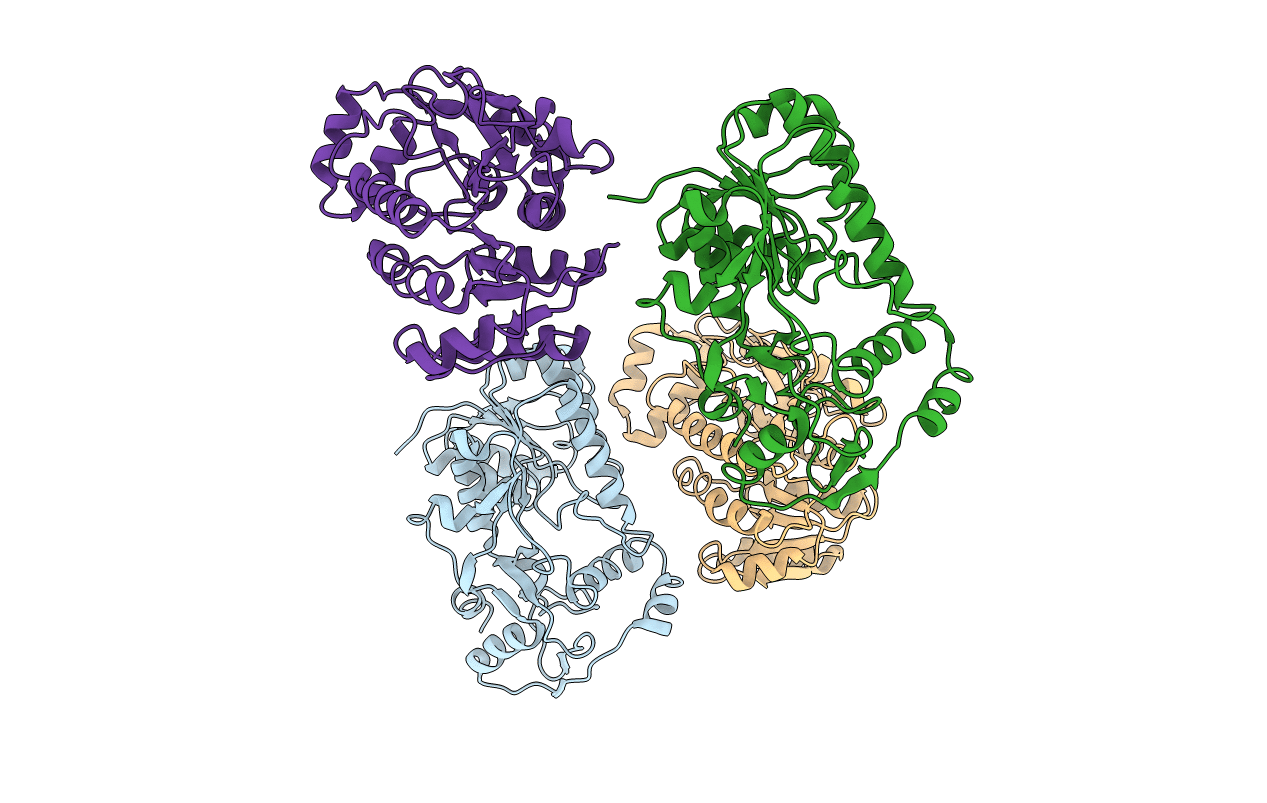
Deposition Date
2003-09-10
Release Date
2003-11-04
Last Version Date
2024-02-14
Entry Detail
PDB ID:
1QYD
Keywords:
Title:
Crystal structures of pinoresinol-lariciresinol and phenylcoumaran benzylic ether reductases, and their relationship to isoflavone reductases
Biological Source:
Source Organism:
Thuja plicata (Taxon ID: 3316)
Host Organism:
Method Details:
Experimental Method:
Resolution:
2.50 Å
R-Value Free:
0.24
R-Value Work:
0.19
R-Value Observed:
0.23
Space Group:
P 21 21 21


